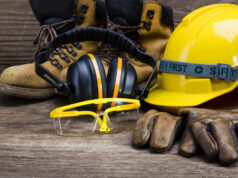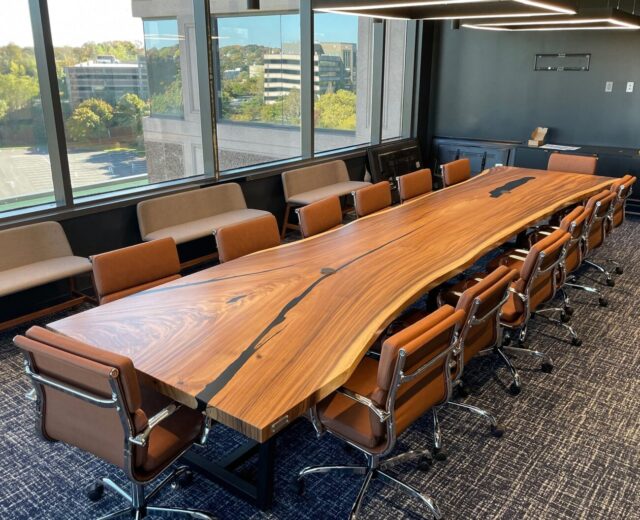
Conference tables are essential in modern business environments as the focal point for meetings, talks, and collaborations. Choosing the proper conference table can boost productivity, improve communication, and foster a professional environment.
Finding the right fit for your organization might be difficult with many options. This article will look at some of the most common conference table options, considering their style, functionality, and adaptability for various business requirements.
Traditional Conference Tables
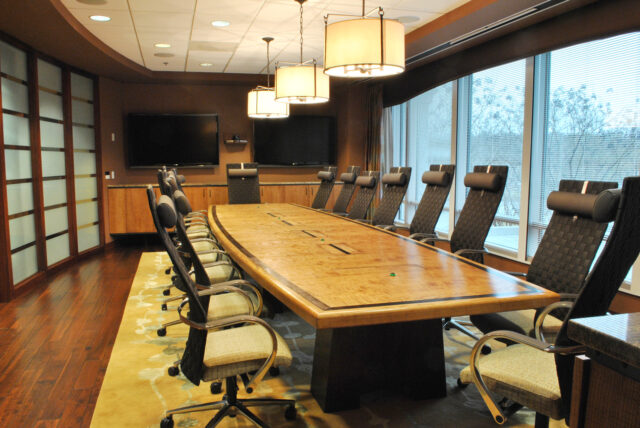
They have long been a fixture in boardrooms and meeting places. These tables are usually rectangular or oval and are built of high-quality wood or laminate materials. They have a traditional and timeless look that complements formal corporate settings. While conventional conference tables exude beauty and sophistication, they may be limited regarding seating configuration and interaction with new technologies.
Collaborative Conference Tables
Collaborative tables have grown in popularity in recent years due to their emphasis on encouraging teamwork and creativity. These tables are more open and interactive and are frequently designed in circular or boat shapes.
They urged attendees to communicate face-to-face and to participate equally. Collaborative conference tables might feature built-in power outlets, networking choices, and cable management systems to facilitate smooth technological integration.
Technology-Integrated Conference Tables
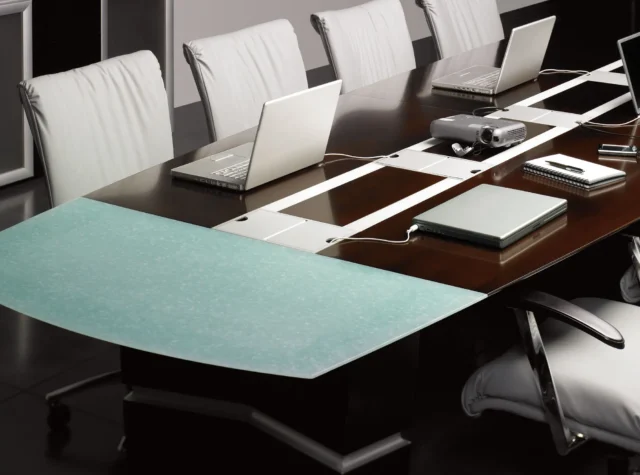
Technology-integrated ones have become increasingly popular as technology is essential in modern businesses. These tables include audiovisual equipment like displays, video conferencing, and wireless networking.
They enable interactive collaboration, video conferences, and seamless presentations. Technology-integrated conference tables are available in various shapes and sizes to accommodate group sizes and technology requirements.
Standing Conference Tables
Standing conference tables have grown in popularity as people recognize the health benefits of not sitting for long periods. These tables are designed to be at a height that allows you to stand or use adjustable stools. Standing meetings have improved participation, energy levels, and overall well-being. Standing conference tables come in various materials, designs, and heights, allowing for a dynamic and adaptable atmosphere for meetings and discussions.
Adjustable Conference Tables
Flexibility is essential in today’s ever-changing work environment, and adjustable conference tables provide precisely that. These tables’ heights are adjustable to fit various preferences or to transition between sitting and standing positions. They are ideal for firms that value mobility and agility in their meeting places. Adjustable conference table for sale come in various styles, with electric or manual methods for height adjustment.
Eco-Friendly Conference Tables
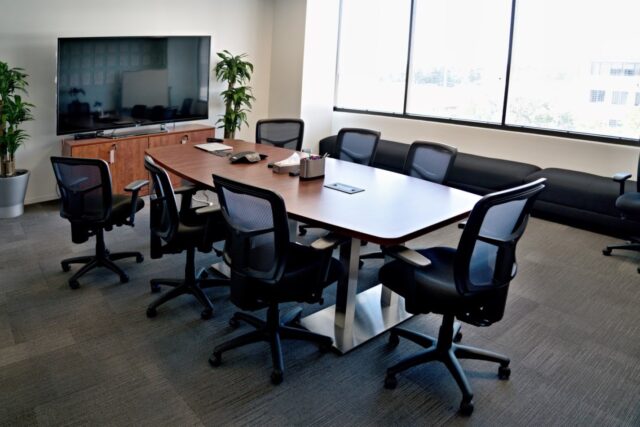
Eco-friendly conference tables are becoming increasingly popular as the emphasis on sustainability and environmental responsibility grows. These tables are manufactured from recycled or sustainable materials, which reduces their environmental impact. Natural coatings, non-toxic adhesives, or eco-certified wood may be used. Environmentally conscious conference tables contribute to a healthy workplace environment.
In Conclusion
Selecting the correct conference table for your firm to create a productive and professional meeting environment is critical. Traditional conference tables have a standard and refined appearance, but collaborative tables encourage collaboration and innovation. Standing or adjustable tables promote better work habits, while technology-integrated tables appeal to the growing relevance of technology in meetings.
Finally, eco-friendly tables are in line with long-term aspirations. When choosing a conference table, consider your organization’s specific needs and preferences, and keep in mind that the form and usefulness of these tables are constantly evolving to suit the changing demands of the modern workplace.

